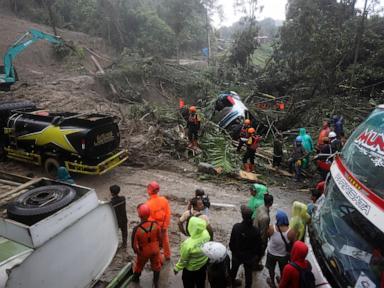As the Biden administration pushes for more federal employees to return to in-person work, the newly established Department of Government Efficiency (DOGE), led by Elon Musk and Vivek Ramaswamy, has made headlines with a bold plan to end remote work. The department, created under President-elect Donald Trump, has caused ripples across the federal workforce, suggesting that a wave of voluntary terminations could result from a shift to full-time office work. But what does this mean for federal employees, especially those who have adapted to telecommuting?
Telecommuting: A Mixed Bag Across Agencies from DOGE
Approximately 2.3 million civilians work for the federal government, with just under half eligible for telecommuting. Before the pandemic, flexible work arrangements were already in place in various agencies, but the COVID-19 pandemic forced many to telecommute full-time. Now, as the public health emergency wanes, many federal agencies are gradually urging employees back to their offices. However, this shift is not uniform. At some agencies, like the Department of Agriculture and Homeland Security, in-person work is already the norm for many telework-eligible employees. In contrast, departments like Treasury and Education have seen a much lower percentage of employees returning to the office, with some spending less than 40% of their time in-person.
The push for mandatory in-office attendance has sparked concerns among unions, with many arguing that forced returns could lead to dissatisfaction and even resignations. In fact, critics like Brian Riedl of the Manhattan Institute suggest that such policies may not even result in substantial cost savings, and could risk losing valuable talent to the private sector.
As the debate unfolds, the future of federal telecommuting remains uncertain, but one thing is clear: the decisions made now will significantly impact federal employees and the efficiency of government operations moving forward.












 Bengali (Bangladesh) ·
Bengali (Bangladesh) ·  English (United States) ·
English (United States) ·